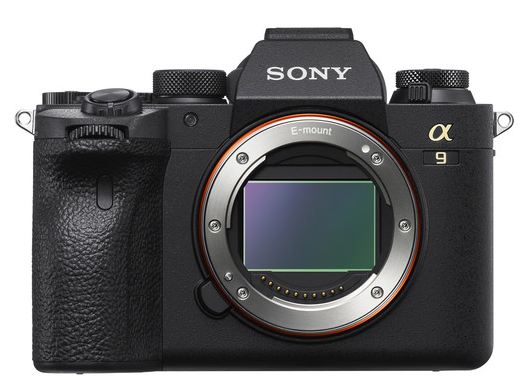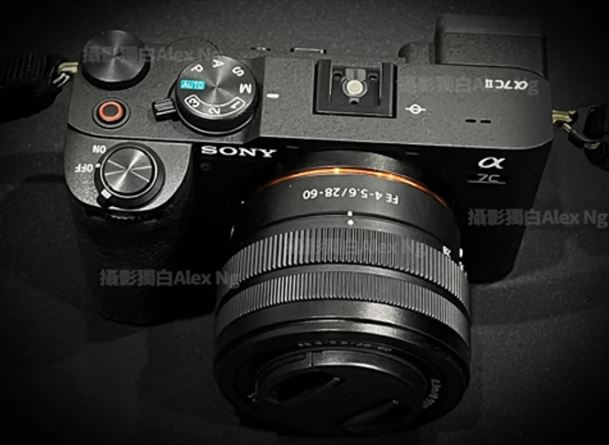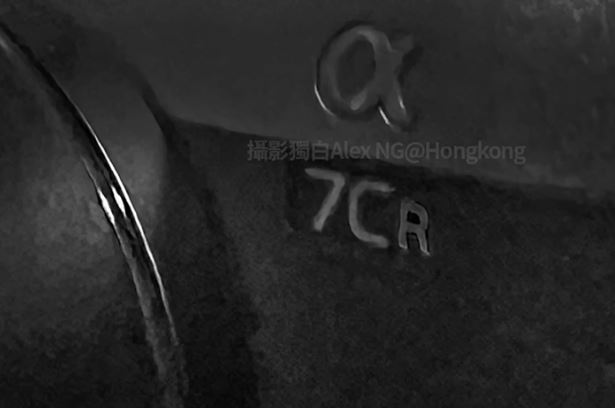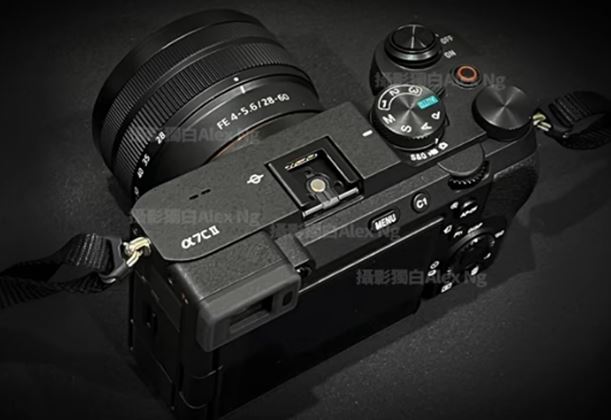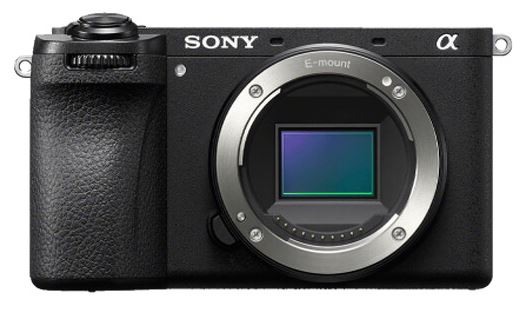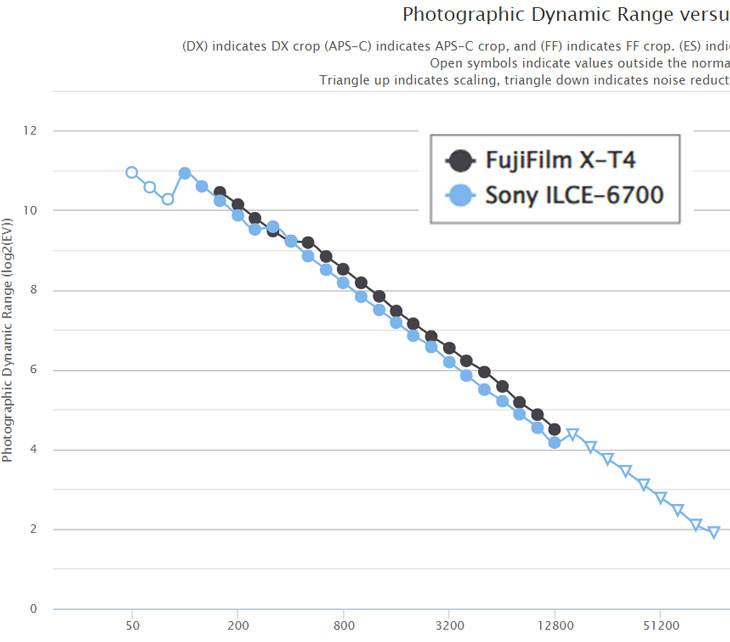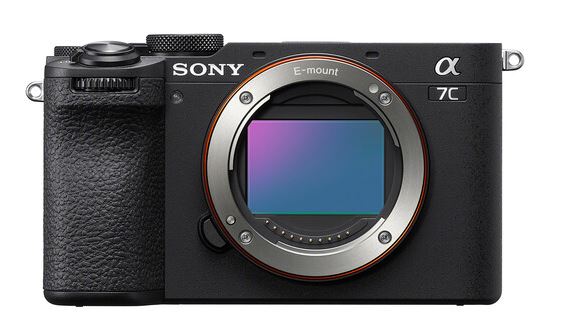
Sony today has announced the Sony A7C II camera. The camera features the goodness of Sony A7 IV, but you also get an AI (Artificial Intelligence) autofocus algorithm which was completely absent in the Sony A7 IV camera. The camera has the same sensor and image processor as the Sony A7 IV, but it is integrated with an AI chip. The camera is available at an affordable cost compared to the Sony A7 IV camera.
However, to protect the sales of the Sony A7 IV camera, Sony has crippled the card system. You only get a single memory card slot in this camera and no joystick on the gear side of the camera. The new system is much more capable and doesn’t demand too much jumping here and there so we can manage that.
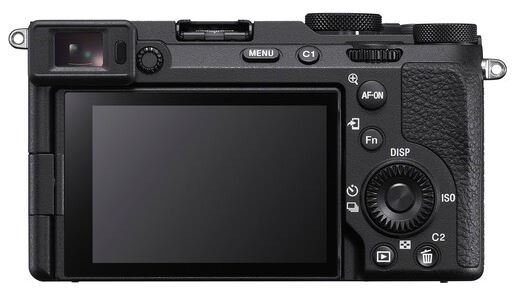
In the video part, the camera is still as impressive as we have in the higher budget Sony A7 IV camera. We also get the support of AI framing which is not present in Sony A7 IV as well as artificially intelligent autofocus algorithm support. With these features, we do have the ability to record oversampled 4K 24 and 30 fps videos as well as capturing ability up to 60 frames per second but at super 35 mm format that is up to 1.5 X crop will be applicable.
Overheating test results are not widely available yet. The main issue that I personally feel is that the camera does not allow you to use CF express cards. So if you want to record high-quality videos with the Sony A7C II camera, it is highly recommended to use v90 cards in the camera.
If you’re thinking about which camera to buy, it is highly recommended that you should go with the Sony A7C II camera.
The new Alpha 7C II is available at B&H Store for pre-order
Sony A7C II Press Release
Including the Alpha 7C R with 61MPi High-Resolution Sensor and the Alpha 7C II with the latest still image and video performance
SAN DIEGO, CA. August 29, 2023 – Today, Sony Electronics announces the release of two new additions to the Alpha 7C series of compact full-frame interchangeable lens cameras, the Alpha 7C II (model ILCE-7CM2) and Alpha 7C R (model ILCE-7CR). The Alpha 7C II is equipped with a full-frame image sensor with approximately 33.0 effective megapixels and features the latest still image and video functions and performance in a compact and lightweight design (approximately 4.88 in wide x 2.8 in high x 2.5 in deep and weighs approximately 18.1 oz.) It is the second-generation version of the Alpha7 C, which is celebrated for its combination of performance and features in a compact size, perfect for a wide range of shooting scenarios such as travel and street photography.
The Alpha 7C R is a new compact full-frame interchangeable lens camera, boasting the high-resolution and rich gradation performance of a full-size image sensor with approximately 61.0 effective megapixels, the same sensor found in the Alpha 7R V, into a compact and lightweight body (similar size and weight as the Alpha 7C IIii , approximately 18.2 oz). In addition to daily snapshots, it easily realizes high-quality image capture in a wide variety of settings, such as portrait, wildlife, and landscape photography, meeting the expectations of creative work with mobility.
Both models are equipped with the same AI-processing unit and BIONZ XR® processors found in Sony’s newest interchangeable lens cameras such as the Alpha 7R V and Alpha 6700. Real-time Recognition AF recognizes a wide variety of subjects with high accuracy, and 5-axis in-body mage stabilization provides a 7.0 stepiv shooting advantage when capturing stills. In terms of video performance, both models support high-quality 4:2:2 10-bit video recording up to 4K60piii, and both models support Sony’s acclaimed S- CinetoneTM color science for rich cinematic video. In addition, they have Active Mode in-body image stabilization, AI-based auto-framing, digital-audio interface support, and other features that support high- quality video shooting.
“At Sony, we’re committed to continually raising the bar and elevating standards for content creators. With the introduction of the Alpha 7C II and Alpha 7C R models, we’re offering an innovative solution that serves creators in both photography and videography. This fresh addition to their toolkit ensures top-tier imagery and visual performance across our state-of-the-art imaging devices. By fusing advanced technology with user-friendly design, we’re empowering content creators to realize their artistic vision like never before,” says Yang Cheng, Vice President, Imaging Solutions, Sony Electronics.
As the demand for sending and sharing captured content on social media networks has increased, more creators are looking for a combination of compact size and high imaging performance in mirrorless interchangeable lens cameras. With the introduction of the Alpha 7C II and Alpha 7C R, which achieve high mobility and high-quality image expression in a compact size, Sony responds to the wide range of image expressions sought by creators.
Main Features of the Alpha 7C II
- Equipped with a full-frame back-illuminated Exmor R® CMOS sensor with approximately 33.0 effective megapixels and the latest BIONZ XR® image processing engine to achieve high imaging performance. For capturing either still images or movies, users can easily enjoy high-quality image capture in a wide range of scenes such as travel and daily snapshots.
- Compared to the Alpha 7 IV which is approximately 5.1 inches x 3.8 inches x 3.2 inches and weighs approximately 1.54 lbs, the Alpha 7C II is approximately 22% lighter and has approximately 45% less volume.
- The standard ISO sensitivities range from 100 to 51200 for both still images and movies (expanded ISO 50 to 204800 for still images), enabling high-sensitivity, noise-free shooting.
Main Features of the Alpha 7C R
Equipped with a full-frame back-illuminated Exmor R® CMOS sensor with approximately 61.0 effective megapixels and the latest BIONZ XR® image processing engine to achieve high-resolution and high-definition imaging performance.
Compared to the Alpha 7R V which is approximately 5.25 inches x 3.875 inches x 3.25 inches and weighs approximately 1.6 lbs, the Alpha 7C R is approximately 29% lighter and has approximately 53% less volume.
The standard ISO sensitivity ranges from 100 to 32000 for both still images and movies (expanded ISO 50 to 102400 for still images).
In addition, with 7.0-stepiv optical 5-axis in-body image stabilization, even slight blurring at the 1- pixel level is detected and corrected.
Equipped with Pixel Shift Multi Shooting that combines multiple images on a PC to create an ultra-high resolution image.
By combining with the grip extension GP-X2 included with the Alpha 7C Rv, you can shoot comfortably with a stable hold even when shooting for long periods of time or using a telephoto lens.
Common Features of the Alpha 7C II and Alpha 7C R
1. Compact size and high mobility
Both models are easy to handle and easy to carry. Compact size (both models are approximately 4.88 in wide x 2.8 in high x 2.5 in deep) and weighi approximately 18.1 oz for the Alpha 7C II and approximately 18.2 oz for the Alpha 7C R. When combined with the wide-angle zoom lens, FE 16-35mm F2.8 GM II, announced today, it achieves the excellent image expression and high-speed AF that are unique to the G MasterTM series, with the brightness of F2.8 at full zoom range. The user can choose their favorite lens from Sony’s extensive E-mount series of more than 70 lenses and enjoy a variety of image expressions in both still images and movies.
2. AF performance with improved subject recognition performance thanks to the built-in AI processing unit
Equipped with the same AI-processing unit as the Alpha 7R V, which recognizes subjects with high accuracy with Real-time Recognition AF. For example, when taking a picture of a person, even if the subject strikes a complicated pose or their face is hidden, human-pose estimation technology can be used to capture and track the subject with high accuracy. In addition to the existing tracking capabilities for people and animals already found in the Alpha 7C series, it is now possible to recognize birds, insects, cars, trains, and airplanes as subjects in the new models.
3) Advanced video performance
The Alpha 7C II and Alpha 7C R condense high-resolution and detailed video data equivalent to 7K and 6K, respectively, and can output high-quality 4K video. Equipped with S-Log3, which supports a wide latitude of 14+ stopsvi, it renders rich gradation with little overexposure and underexposure even in scenes with contrast. Also, in Log shooting mode, the LUT imported by the user can be displayed on the camera monitor image, allowing the user to shoot while checking the finished image in post-production. In addition, it is equipped with S-CinetoneTM, a unique Sony feature which can create a cinematic look straight out of the camera without post-processing. Based on Sony’s Cinema Line technology, S-Cinetone delivers natural mid-tones that are essential to healthy-looking skin color and deliver cinematic quality. It also features Creative Look, which allows you to easily change the look and feel of video and still images.
4) Operability and connectivity
Equipped with a touch-operable vari-angle LCD monitor, intuitive operation with the latest touch menu supports comfortable shooting. In addition to the new front dial that allows the user to assign their favorite functions, the still image/movie/S&Q switch dial, and an XGA high-resolution viewfinder, etc., the camera is easy to use. The camera is equipped with a 7.0-stepiv optical 5-axis in-body image stabilization to support stable camera work.
In terms of connectivity, the camera is compatible with the smartphone application Creators’ Appvii that uploads videos and still images taken with the camera to a cloud service, while allowing remote camera operation and image transfer from the camera to mobile devices. By the end of September 2023, Sony plans to support a new version of the software development kit Camera Remote SDK that enables remote operation and settings adjustments.
5) Designed with environmentally friendly principles in mind
Over the past 11 years, Sony has replaced approximately 395 tonsviii of virgin plastic with recycled plastic in digital cameras and digital video cameras. Recycled materials, including SORPLASTMix, are used for the camera body, reducing environmental impact without sacrificing functionality. In addition to being equipped with Sony’s Screen Reader functionx that reads menus and video playback screens aloud to assist operations, a new menu Magnify Display function has been added to support the creative activities of a variety of creators.
Pricing and Availability
The new Alpha 7C II will be available in Fall 2023 at a variety of Sony’s authorized dealers: Camera only: MSRP $2199.99 USD, $2999.99 CAN
Camera w/ 28-60mm lens: MSRP $2499.99 USD, $3399.99 CAN
The new Alpha 7C R will be available in Fall 2023 at a variety of Sony’s authorized dealers: Camera only: MSRP $2999.99 USD, $4099.99 CAN
The new GP-X2 extension will be available in Fall 2023 at a variety of Sony’s authorized dealers for MRSP $159.99 USD, $214.99 CAN.
For detailed product information of the new Alpha 7C II, please visit:
